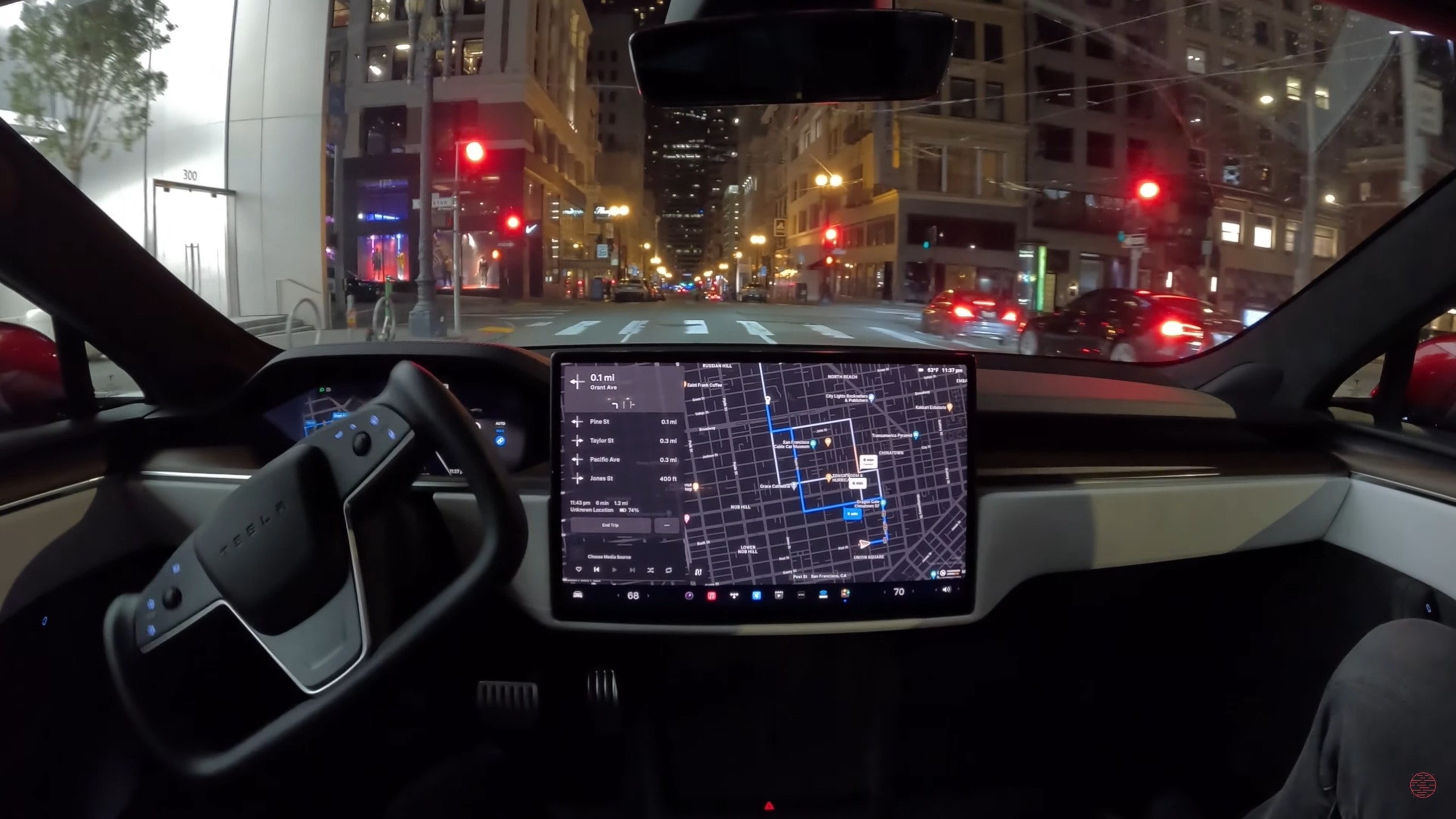Earlier this month, Elon Musk scrapped plans for a trip to India but instead made an impromptu visit to Beijing, signaling a shift in priorities for Tesla. During his visit, Musk finalized the necessary paperwork to overcome the remaining obstacles hindering the launch of Tesla’s Full Self-Driving (FSD) technology in China.
This move aligns with Tesla’s strategy to expand its autonomous driving capabilities beyond North America, as demonstrated by offering FSD demonstration drives to regulators in Europe, indicating significant progress in this endeavor.
Musk’s decision to rebrand the latest FSD release as a breakthrough in autonomous driving reflects his confidence in the technology’s advancements. This prompted Tesla to pivot its focus toward autonomous driving and driverless robotaxis, as emphasized during the recent first-quarter earnings call.

While details about the robotaxi remained vague, Tesla hinted at integrating a ride-hailing service into its app, with an anticipated robotaxi event scheduled for August 8, a date considered auspicious in Chinese culture.
Although Tesla refrained from providing a specific timeline for FSD deployment in China, the recent developments suggest imminent progress. Changes in the Tesla app’s wording, from “Coming later” to “Coming soon” for FSD upgrades, reflect the company’s confidence in its readiness for release.
Similarly, Europe is also witnessing advancements in FSD deployment, with Tesla actively testing the technology on European roads. Positive feedback from regulators and testers, such as Rikard Fredriksson’s experience in Germany, indicates the potential for a smooth rollout if regulatory approvals are obtained. These developments underscore Tesla’s global ambition to revolutionize transportation through autonomous driving technology.

